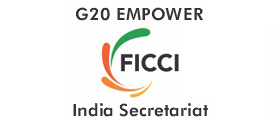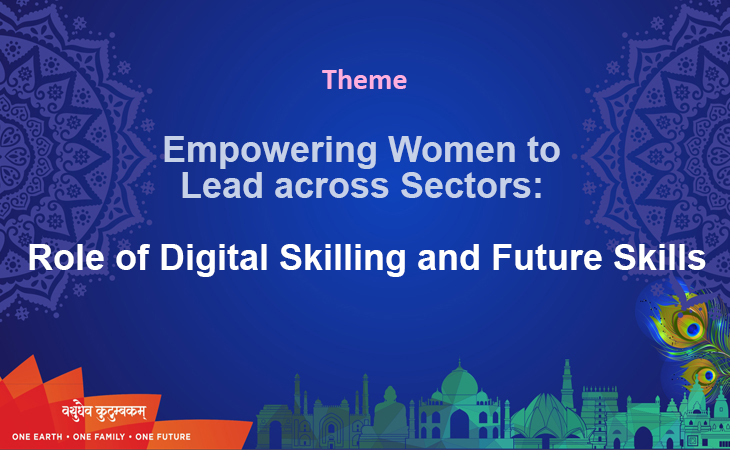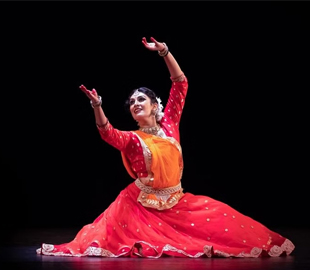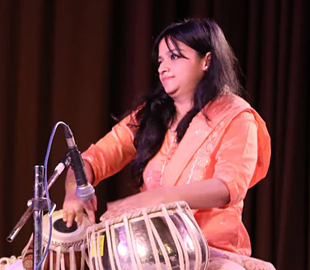Event Date
Exhibition
Exhibition displaying a ‘uniquely Indian’ experience by showcasing:
- Handicrafts/ artifacts by women artisans
- Farm produce by women-led FPOs
- Ayurveda and wellness products by women-led organisations
- Government’s flagship initiatives at the community level – Bank Sakhis, Pani Sakhis, Tablet Didis, ASHA, Anganwadi workers etc
- Endeavours of women supported by Central Ministries and State Governments
Tourist Attractions
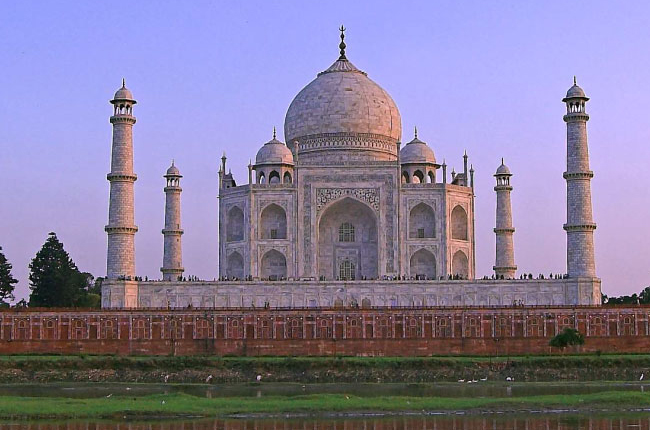
Taj Mahal
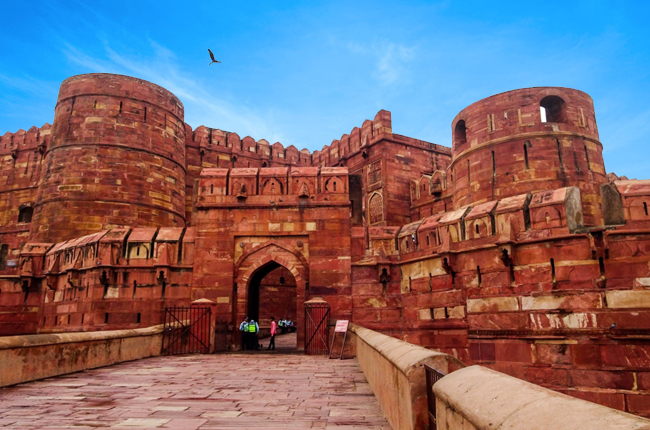
Agra Fort

Itmad-ud-Daula
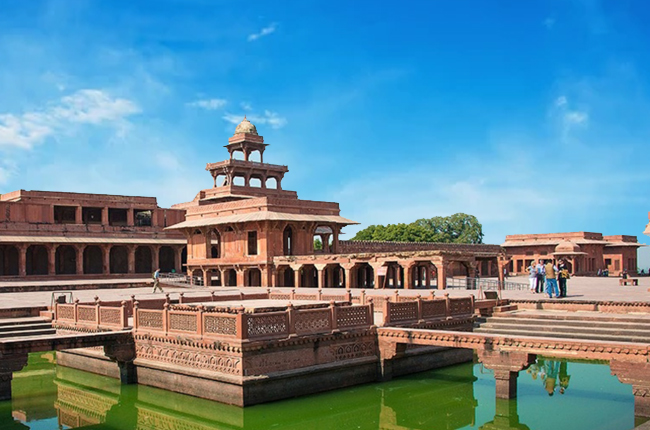
Fatehpur Sikri
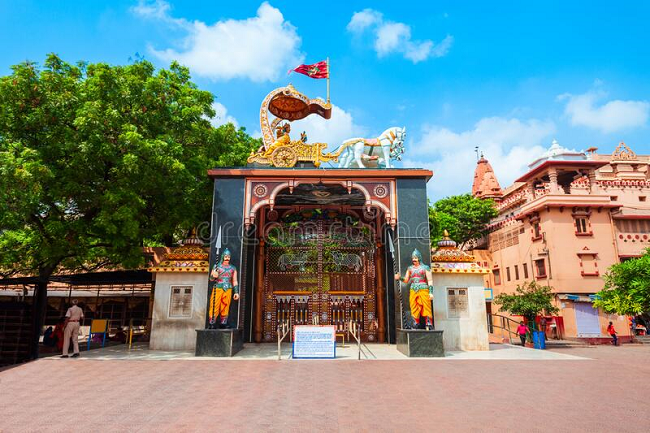
Mathura
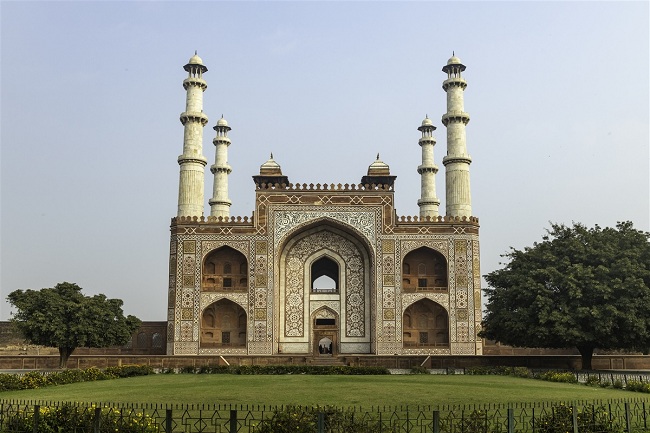
Akbar's Tomb
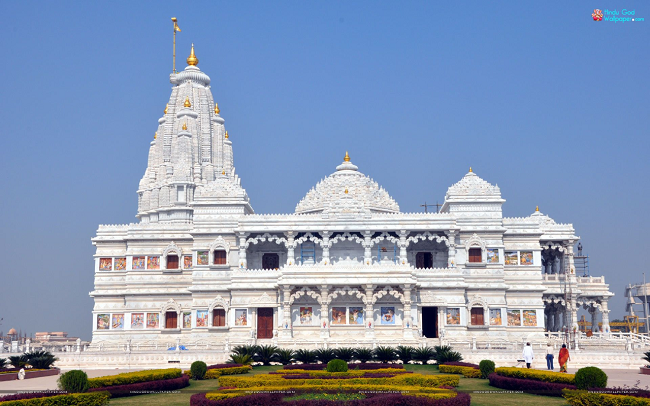
Vrindavan
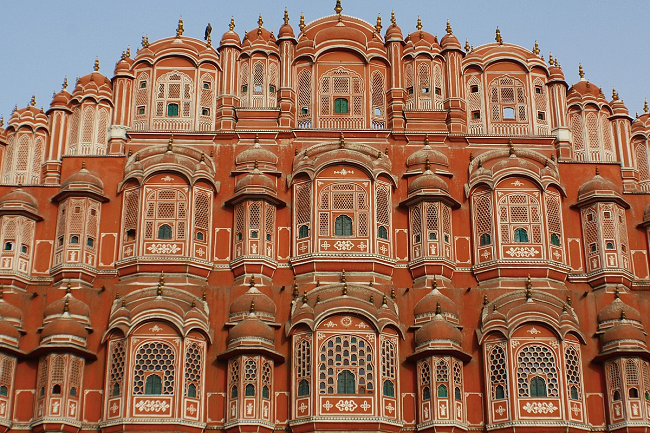
Jaipur
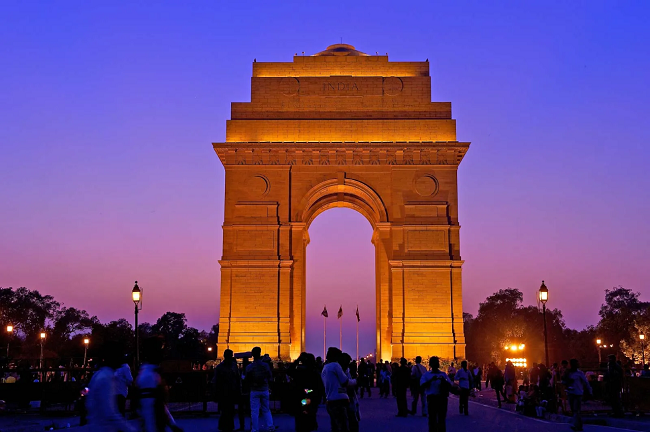
Delhi

Taj Mahal
Agra’s Taj Mahal represents the culmination of Mughal architecture in all its refinement and aesthetic delights. Emperor Shah Jahan built it as a memorial of refined elegance and superb craftsmanship for his beloved wife Mumtaz Mahal.

Agra Fort
Built by Emperor Akbar in 1565 A.D., this fort is a masterpiece of design and construction. Within the fort are a number of exquisite buildings, including the Moti Masjid, Diwan-i-Aam, Diwan-i-Khas and Musamman Burj, where Emperor Shah Jahan had died in imprisonment.

Itmad-ud-Daula
I'timād-ud-Daulah is a Mughal mausoleum in the city of Agra in the Indian state of Uttar Pradesh. Often described as a "jewel box", sometimes called the "Bachcha Taj" or the "Baby Taj", the tomb of I'timād-ud-Daulah is often regarded as a draft of the Taj Mahal.

Fatehpur Sikri
Fatehpur Sikri - 37 kms (22 mi) from Agra, was founded by a 16th-century Mughal emperor. Red sandstone buildings cluster at its center. Buland Darwaza gate is the entrance to Jama Masjid mosque.

Mathura
Mathura - Located approximately 50 kilometres (31 mi) north of Agra. Mathura is the abode of Lord Krishna and it has a great religious sanctity among the Hindus. It also has one of the oldest historical records.

Akbar's Tomb
This monument is a shining example of Mughal architecture that showcases the skilled craftsmanship of that era.

Vrindavan
Vrindavan – 69.9kms (42 mi) North of Agra and boasting of more than 5000 temples, Vridavan is where Lord Krishna spent his childhood days.

Jaipur
Jaipur – 237.7 kms (147 mi) West of Agra, is popularly known as the Pink City. Here the past comes alive in magnificent Forts and Palaces where the Maharajas once lived.

Delhi
Delhi – Situated 242.9 kms (150 mi) North-west of Agra, Delhi is a symbol of the country’s rich past and thriving present, Delhi is a city where ancient and modern blend seamlessly together.
Cultural Programme
Flute is a wind instrument made of bamboo. Found in Sikkim, it is an important instrument of Lepcha, Bhutia and Nepalese communities.
Source: https://indianculture.gov.in/
Built by Emperor Akbar in 1565 A.D., this fort is a masterpiece of design and construction. Within the fort are a number of exquisite buildings, including the Moti Masjid, Diwan-i-Aam, Diwan-i-Khas and Musamman Burj, where Emperor Shah Jahan had died in imprisonment.
I'timād-ud-Daulah is a Mughal mausoleum in the city of Agra in the Indian state of Uttar Pradesh. Often described as a "jewel box", sometimes called the "Bachcha Taj" or the "Baby Taj", the tomb of I'timād-ud-Daulah is often regarded as a draft of the Taj Mahal.
Tabla is a percussion instrument made of wood, metal, brass, cloth, clay, copper, aluminum, steel, rice, wheat, charcoal powder, plant fiber, iron, nickel, gum, soot, buffalo skin, goatskin, leather, and glue. This is a traditional instrument that is found in various parts of North India. It is an important rhythmic accompaniment to solo and instrumental music ensembles as well as a solo performance instrument.
Source: https://indianculture.gov.in/
Mathura - Located approximately 50 kilometres (31 mi) north of Agra. Mathura is the abode of Lord Krishna and it has a great religious sanctity among the Hindus. It also has one of the oldest historical records.
This monument is a shining example of Mughal architecture that showcases the skilled craftsmanship of that era.
Kathak is a classical dance form of northern India and the term Kathak is derived from the Sanskrit word ‘katha’ meaning story. Hence it is associated with ‘Kathakars’ or storytellers. The Kathak dancers tell stories through their facial expressions, hand movements and footwork. The three distinguished schools or ‘gharanas’ of Kathak are the Jaipur, Banaras and Lucknow gharanas. Kathak emphasizes foot movement and the dancer wears the ghungroos or small bells and is expected to synchronize their foot movement to the accompanying music.
Source: https://indianculture.gov.in/
Jaipur – 237.7 kms West of Agra, Jaipur is popularly known as the Pink City. Here the past the comes alive in magnificent Forts and Palaces where the Maharajas once lived.
Delhi – Situated 242.9kms North-west of Agra, Delhi is a symbol of the country’s rich past and thriving present, Delhi is a city where ancient and modern blend seamlessly together.

